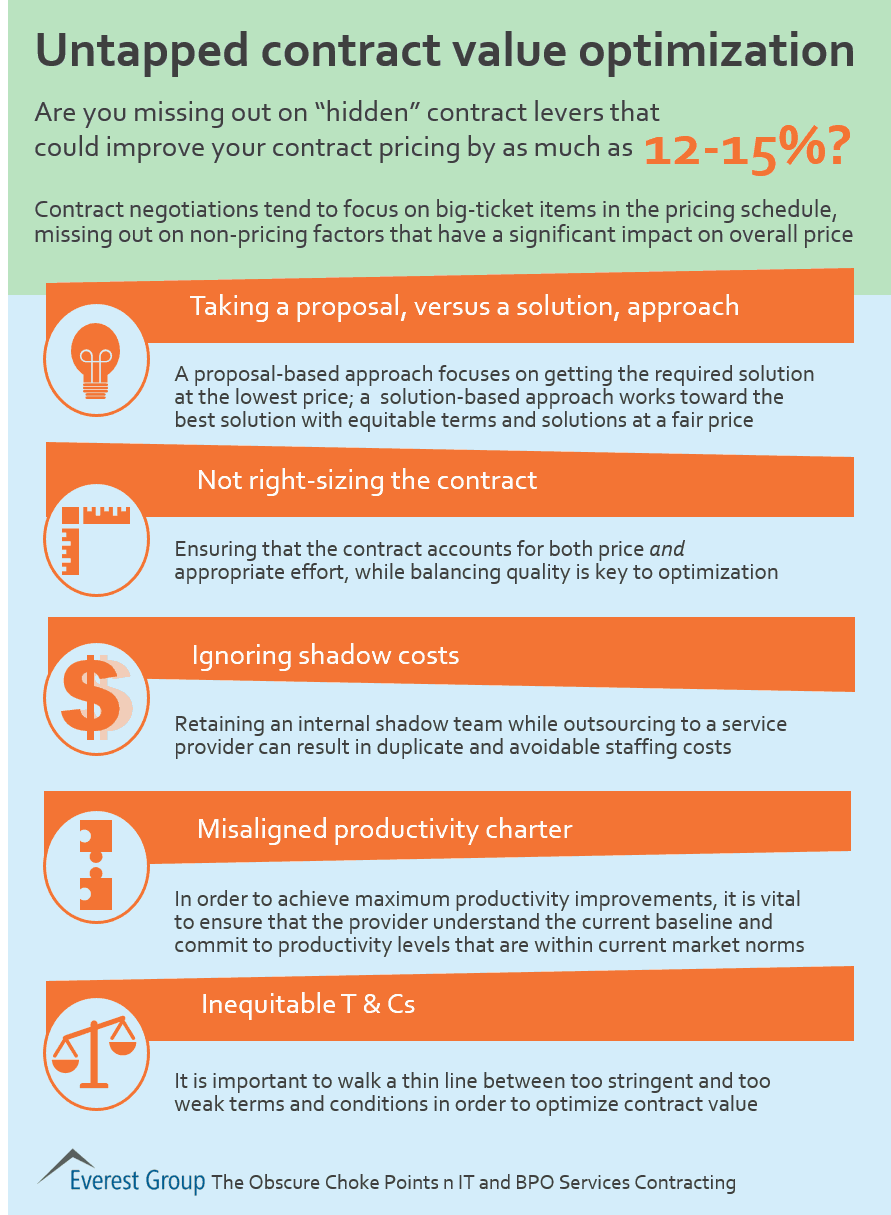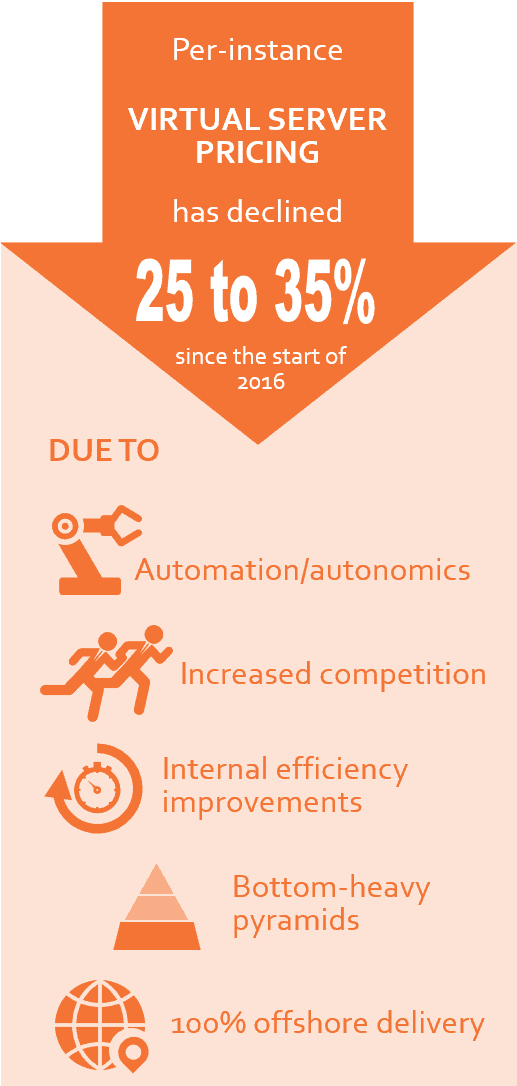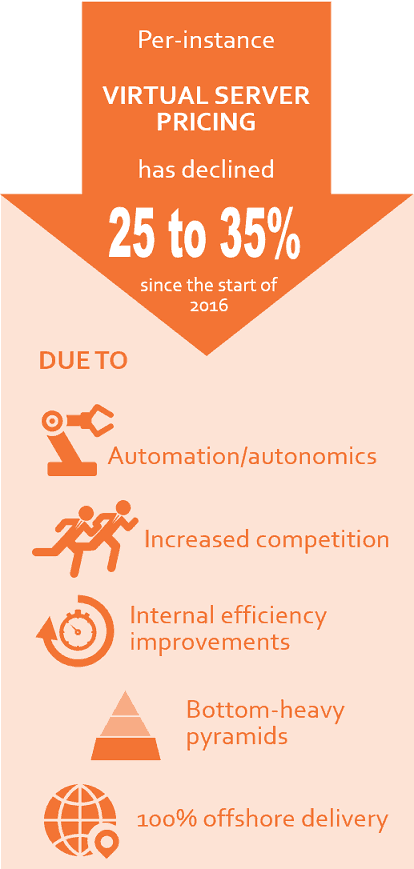Network Virtualization – How Long Will Senior and Specialized Roles Command a Premium? | Sherpas in Blue Shirts
In the network management space, Software Defined Networks (SDN) and Network Functions Virtualization (NFV) are set to be the next game changers. These technologies – both of which are moves toward network virtualization and automation – are witnessing high levels of demand, and are expected to play a key role in the virtualization of data center environments. While they need not be operational simultaneously, in many cases we have observed them to be deployed together, leading to significant synergies and positive impact on the overall network architecture.
However, as with any relatively nascent technology, there is currently a shortage of skilled SDN and NFV resources. This is especially true for senior roles such as business analysts, architects, and senior network architects. There are a number of factors that have caused this gap:
- Most networking professionals have typically remained focused on equipment from a particular vendor, but the requirement is broader for SDN and NFV
- SDN specialists need to understand both networking concepts and scripting / code development. Traditionally, these skills have co-existed but within separate parts of large buyer and service provider organizations
- As the transition to SDN is a complex activity that impacts the entire IT environment, senior roles require leadership traits to be able to drive the associated change.
So what does this mean for pricing of resources?
We have seen an interesting trend in some of the large network services contracts we analyze each year. While service providers have maintained or even slightly reduced project services rates for junior resources, the pricing for specialized/senior resources has been consistently inching up.
The skills gap mentioned above is the major contributor to the higher prices. We have also seen contracts in several European countries that explicitly require use of local resources, which leads to further price increases.
On the positive side, an increasing number of engineers are opting for SDN/NFV certifications, some of which are being sponsored by organizations. Large enterprises and service providers are also bulking up their training capabilities to up-skill the current workforce.
Key considerations for enterprise buyers of SDN and NFV services
Enterprise buyers should keep a close watch on pricing for network project resources, as the dynamics could change over the next 12-24 months.
Factors they should consider include:
- The current price premium is justified, but there could be a price correction as the supply of skills improves
- The overall total cost of ownership (TCO) impact on a yearly basis, as well as individual day rates
- Right-sizing the effort to ensure there is no over-capacity on the particular project/initiative.
It is clear that the networking infrastructure world is becoming more software oriented, and it is a case of “when” more than “if” the supply of skills will stabilize. Having the right skills on critical projects is of paramount importance. It will be interesting to see how the labor pool and pricing for these skills evolves.
If you have recently been part of a similar negotiation discussion, our readers would love to hear your experience!



